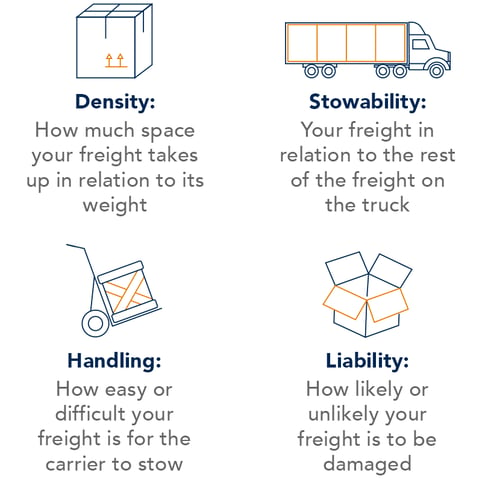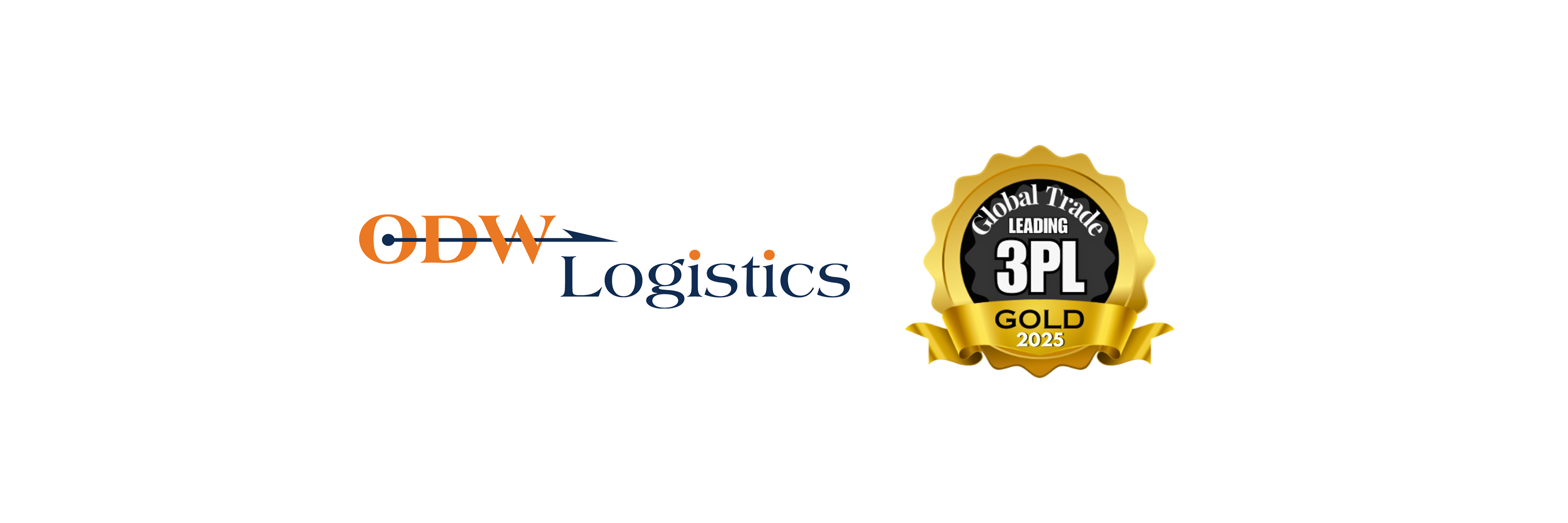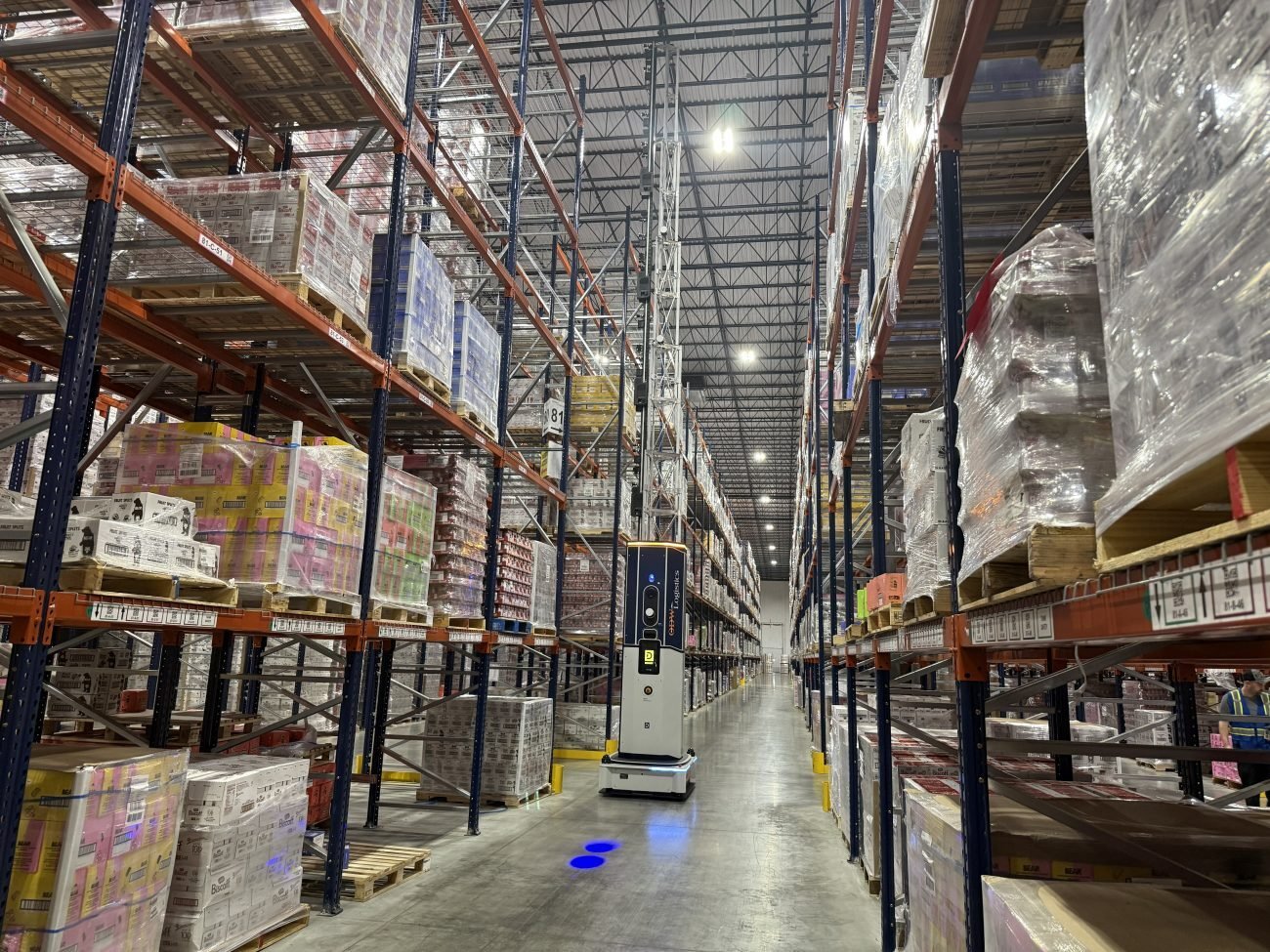Negotiation is inherent to logistics. Whether you’re a manager, VP, or CEO, you need to know how to negotiate rates to succeed in supply chain management and set your company up for success. But, what if we told you that you could strengthen your supply chain, streamline freight management, and move products more reliably—all while reducing costs and all without negotiating rates?
Before you go to the negotiating table with your transportation provider, look within your operations. Challenge your thinking. Question your processes. Crave improvement. Maximize the transportation cost savings that you can control. Not sure where to start? These three questions give new meaning to being “non-negotiable.”
1. Am I Planning and Scheduling Appropriately?
Weight breaks often equate to price breaks. To capitalize on them, you’ll need to be a student of your tariffs and contracts with vendors so that you understand the financial implications of scaling your less-than-truckload (LTL) orders up or down. Carriers usually incentivize their customers to ship more and heavier. Your goal is to reduce your cost per pound by meeting those incentives strategically.
For example, if your average order size is 500 pounds, you may be able to receive a notably better rate at 1,000 pounds. How do you get there? One solution could be to offer your customers better pricing (perhaps with a nod to reducing environmental impact) if they buy from you once per week as opposed to several times.
In addition to reducing your freight costs, weight breaks enable inbound and outbound order consolidation. You’ll reduce the costs of manual touches and administrative tasks for shipments. If you have multiple customers or a population of consumers in a particular region, look to potentially consolidate to create a multistep truckload rather than making multiple LTL shipments. If this becomes too cumbersome to manage in-house, a trusted partner like ODW Logistics can look holistically at the value of your supply chain, identify realistic weight breaks, and develop a pricing strategy accordingly.
When you scale the benefits of smarter planning and scheduling, the cost savings can be significant. You may even see a simultaneous increase in revenue from incentivizing your customers to meet a higher ticket value threshold.
2. Am I Packaging and Classifying Correctly?
Carriers want shipments to be safely packed and stowable—and so do you to reduce claims, fees, and down-the-line implications of damaged products. Regular visits from a packaging consultant are a healthy exercise for any brand to make a habit. Whether the consultant is a representative from your carrier or referred to you by your provider, they can offer insightful ways to reduce packaging material costs and make your pallet more stowable. This impacts your National Motor Freight Classification (NMFC) number, which can reduce the cost of moving your freight.
When it comes to NMFC compliance, it’s important to ensure you have a coded product catalog that clearly and properly identifies what you’re shipping based on the NMFC guidelines for density, stowability, handling, and liability. Otherwise, you may be at risk for freight reclassification by carriers.

-
Density: How much space your freight takes up in relation to its weight
-
Stowability: Your freight in relation to the rest of the freight on the truck
-
Handling: How easy or difficult your freight is for the carrier to stow
- Liability: How likely or unlikely your freight is to be damaged
The costs of freight being reclassified for any one or combination of the guidelines above can range from $20 to hundreds or even thousands of dollars. Even those costs on the low end can add up if they’re overlooked in recurring shipments. Don’t assume your scale is always correct, either—especially if you’re seeing repeated reclassifications. The scale is a computer system that needs to be periodically checked and calibrated at your request to the scale supplier.
In the day-to-day, National Motor Freight Traffic Association (NMFTA) compliance minimizes disputes for your internal team to manage. In the big picture, compliance allows you to accurately forecast annual transportation costs and spot unfavorable swings in quoted vs. actual costs (often due to the cost of disputing reclassifications) on your profit and loss sheet.
3. Am I Building Relationships Effectively?
As in any business relationship, it’s beneficial to get to know your carriers beyond the basics of picking up and moving freight every day. Invite your carrier rep to visit your location and learn about your organization. When a carrier knows your goals and recognizes your culture, they can make recommendations—possibly on the spot during a visit—to improve your transportation program. Their team will also be more receptive to communication from your team.
In vice-versa, visiting your carrier’s local facility can give you a better understanding of how they work and what’s most critical to their business. Strong carrier-customer relationships help to set and manage expectations, reduce miscommunication, establish alignment, and drive symbiotic success.
Are you eliminating negotiation altogether? Of course not. Again, it’s ingrained in the business of logistics. However, you might be leaving cost savings on the table before you even begin negotiating.
See how ODW takes a strategic approach to transportation management and let us walk you through these questions along with many others that can unlock serious cost savings.











.jpg)

